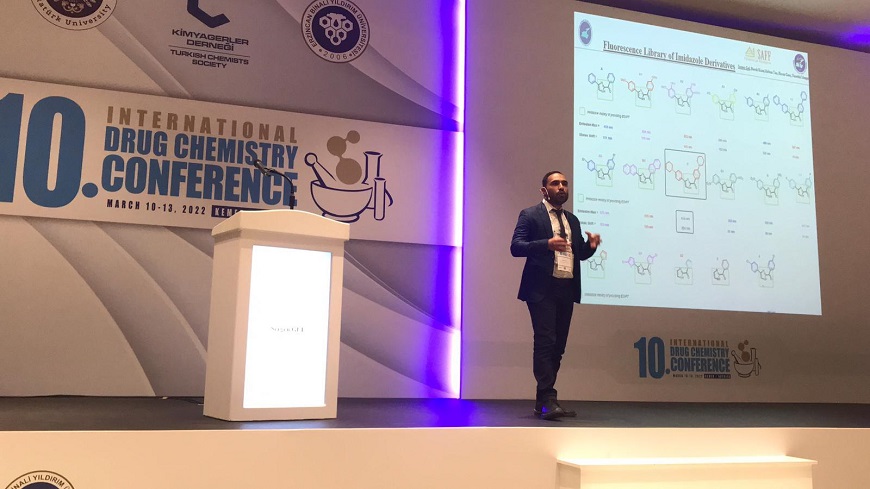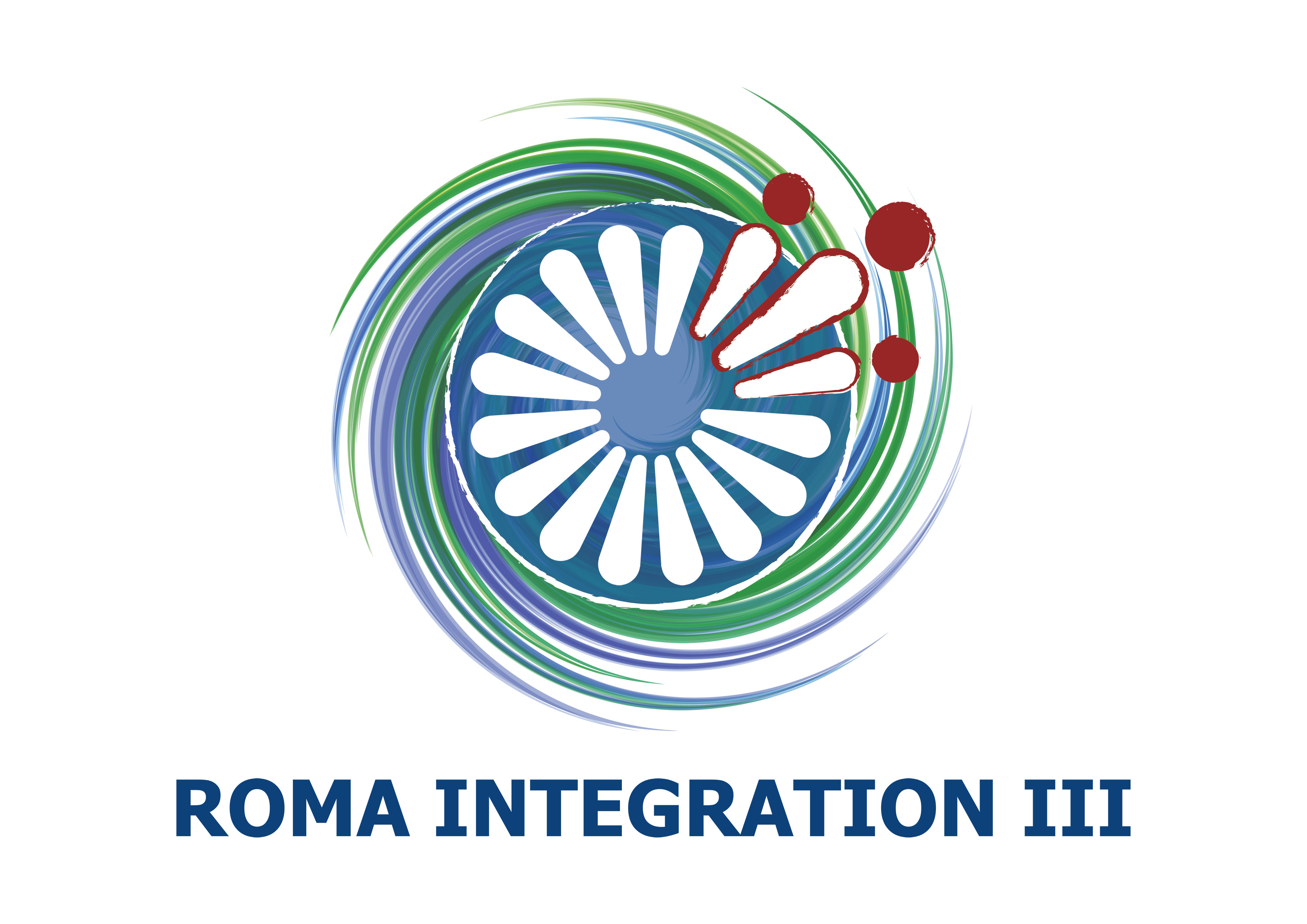Born in a small neighbourhood of Edirne, Sergen Gül’s journey from chemistry laboratories to environmental justice activism is a story of identity, resilience, and transformative change.
From a quiet corner of north-western Türkiye to the halls of Europe’s top universities, he has charted a path few dared to imagine. As the first young person from his neighbourhood to study natural sciences, his personal victory quickly became a collective symbol. His message was quiet but firm: “Science is our domain too.”
Even in the early days of his academic life, Sergen made a deliberate statement: he placed the Roma flag on the back of every scientific poster he presented. It was a reminder—to others and to himself—that his identity was not separate from his achievements but at the heart of them.
Breaking Barriers in Science
Sergen’s fascination with science began in an industrial technical high school, where he specialised in chemistry. Curiosity, discipline, and a sense of purpose led him to Van Yüzüncü Yıl University, where he earned his degree in chemistry education and later a master’s in organic chemistry. Alongside his studies, he worked at the Faculty of Pharmacy, contributing to pharmaceutical chemistry projects that gained national recognition.
His path continued at the Scientific Research Centre of Necmettin Erbakan University in Konya, where he pursued a PhD in Nanoscience and Engineering. His research was both ambitious and urgent—designing drug molecules to fight COVID-19, developing potential treatments for aggressive brain cancers, and creating novel imaging agents. His findings were published in leading international journals and presented at medicinal chemistry conferences across Europe.
Activism Beyond the Lab
But Sergen’s story has never been confined to laboratories and lecture halls. At just 17, he became active in Roma civil society, working on projects that challenged educational inequality, early marriage, and systemic discrimination. His involvement extended to music initiatives and cultural memory documentation, connecting him deeply with the stories of his community.
For him, science and activism were never separate worlds—they were threads of the same fabric.
A New Lens: Environmental Justice
A turning point came with his acceptance into the Roma Graduate Preparation Program at Central European University, where he encountered environmental science and policy. This new lens gave him powerful tools to address systemic injustices affecting Roma communities.
During this time, he led a pioneering study on industrial pollution in Türkiye’s Ergene Basin, exposing its disproportionate impact on Roma neighbourhoods—the first environmental justice analysis of its kind in the country.
His academic journey then took him to the prestigious MESPOM master’s program, funded by the European Commission, where he studied in the UK, Sweden, Austria, and Greece. His thesis examined urban transformation in Istanbul’s Sulukule and Küçükbakkalköy neighbourhoods, revealing how development projects stigmatised, commodified, and displaced Roma communities. His work lays bare how policy, prejudice, and profit intersect under the banner of “progress.”
Now 31, he continues to learn, teach, and advocate, never separating his academic pursuits from his cultural identity.
“I have never hidden my Roma identity,” he says. “That is my greatest strength.”
A Call to the Next Generation
Sergen’s journey is not just his own—it’s a call to those who come after him.
“Roma youth can have a voice in science too. All we need is a deep desire to work and a sense of curiosity, shaped by unwavering belief.!”


